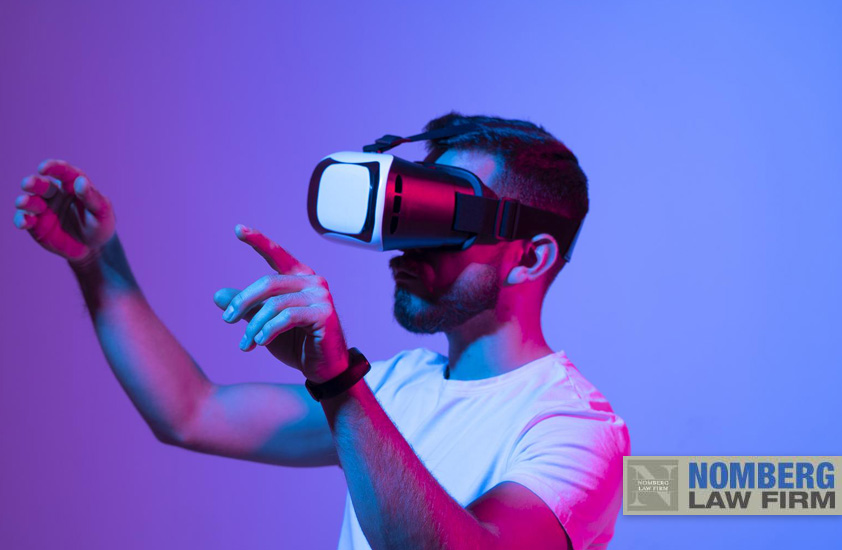by Bernard D. Nomberg, Partner, The Nomberg Law Firm
In the age of virtual reality, virtual assistants, and virtual employment, it’s no secret technology has been on the rise in the past decade. Technology has been rapidly evolving and makings its way into various areas of life. More recently, however, technology has had implications in the workers’ compensation industry and has emerged to be a useful tool for employees who have been injured on the job.
Even on the most basic level, technology has simplified employee claims of workers’ compensation. Whereby an employee used to have to manually fill out extensive paperwork, employees are now able to find necessary forms online. More sophisticated employers have integrated these forms with their employee database so that some areas of the form, such as name, address, DOB, etc., are already completed.
New technology allows for better communication with employees. Employers can transmit information to help prevent injury and receive claim updates via smartphone applications. Employees can now even receive training through smartphones. Medicine is also now readily available via smartphone applications where employees are directed to preferred medical providers. Managing claims has also become easier with alerts, such as when prescriptions are ready.
Another development that could benefit workers’ compensation is wearable technology. Wearable tech can monitor employee activity and alert employers of fatigue, body temperature, and constant repetitive motions. Information from wearable tech can be used for training purposes, to detect fraud, and in wellness programs. The wearable tech industry has even developed high tech vests and helmets that can alert employees of dangerous conditions. Technology can also be implemented to forklifts and other operable machinery to vibrate when changes in the environment may affect an employee’s safety. Information contained in smart phones or watches or products that track activity and exercise are part of the work comp landscape now as these devices contain information that may be used in a case.
Workers’ compensation claims in the Metaverse workplace
What is the metaverse, and how can there be workers’ comp claims in a virtual workplace? There are 2 types of workers’ comp injury claims: physical and mental.
Telenursing and teledoctors are also being offered for employees which promotes employee health in general, but is also beneficial in treatment for employees injured in the workplace. The telenurses and teledoctor services allow an employee to call a nurse or doctor and provide medical history, a description of any injuries, and an assessment of pain level. The employee can then receive a first-aid treatment and potential direction to an in-network provider who can further assist them with their medical needs. Previously on NomBlog, we discussed how 3-D printing can be used to create prosthetic body parts for amputees.
An employer who is not proficient in technology is missing out on valuable tools that could aid in employee workers’ compensation claims, and likewise, employees who are not proficient in technology could be missing out on more effective, efficient, and timely workers’ compensation benefits. While workers’ compensation has traditionally operated just fine, technology can provide a means of expediting claims and even preventing injuries before they even occur.
Bernard D. Nomberg has practiced workers’ compensation law in Alabama for more than 20 years. Bernard has earned an AV rating from Martindale-Hubbell’s peer-review rating. He has been selected a Super Lawyer by Super Lawyers Magazine as well as a Top Rated Attorney by B-Metro Magazine.

